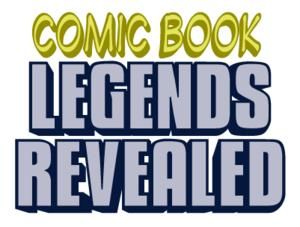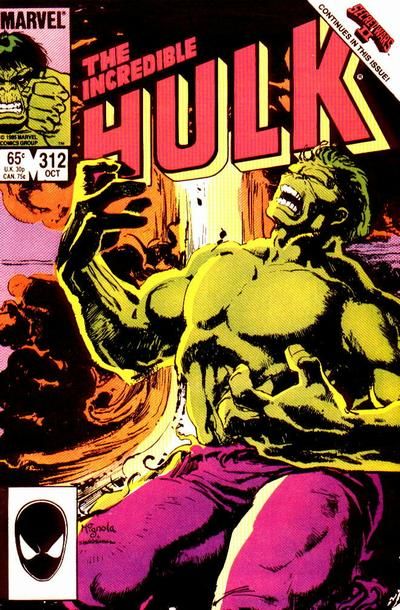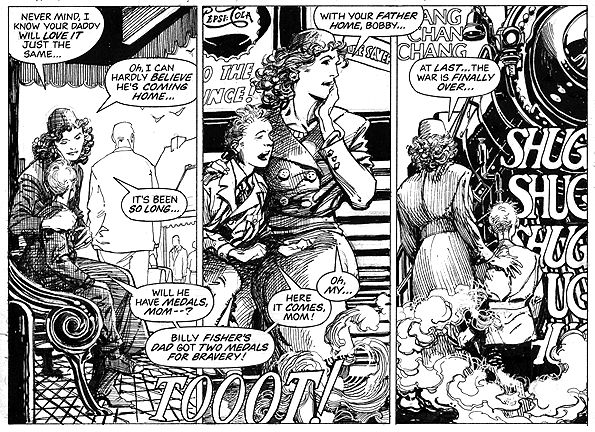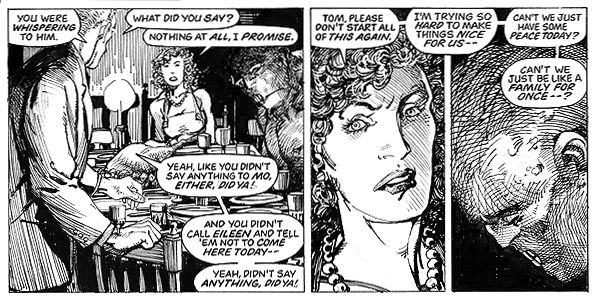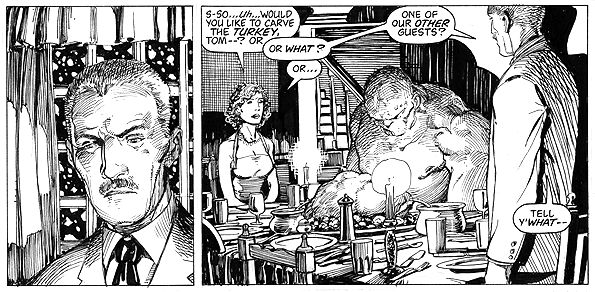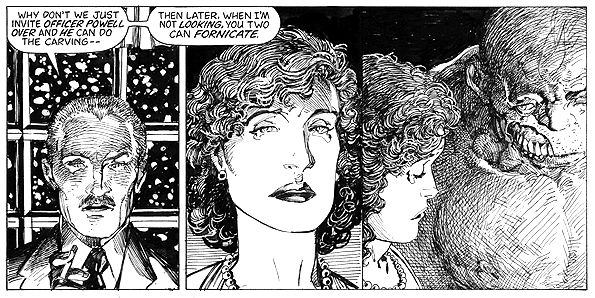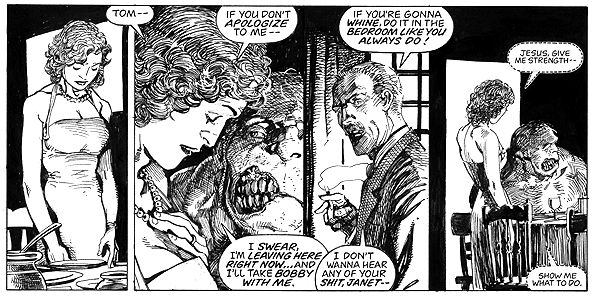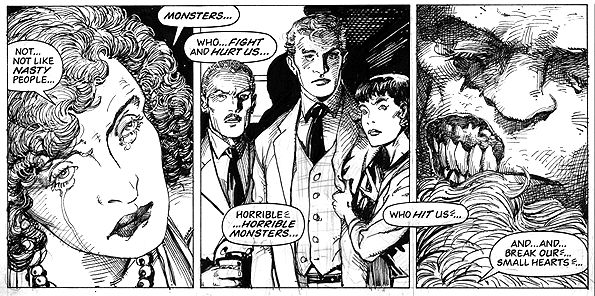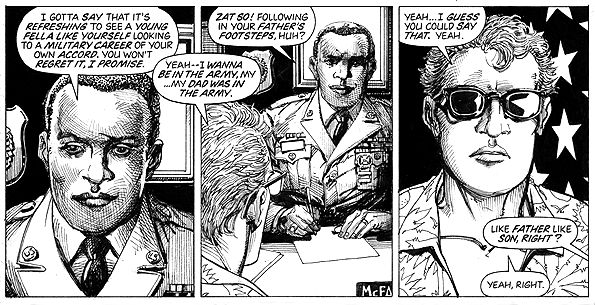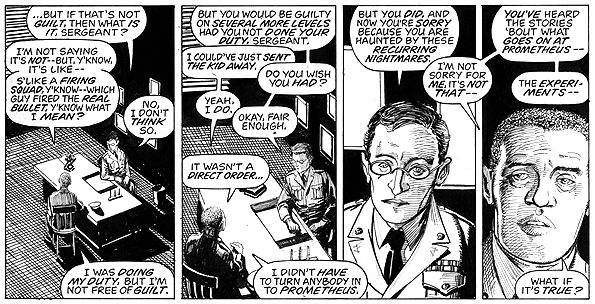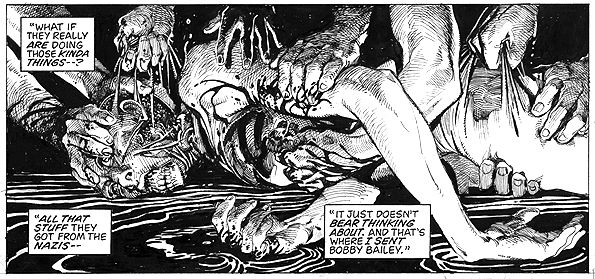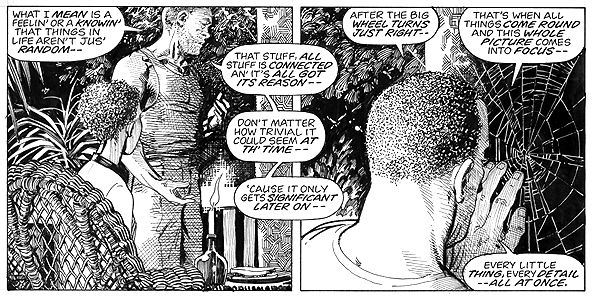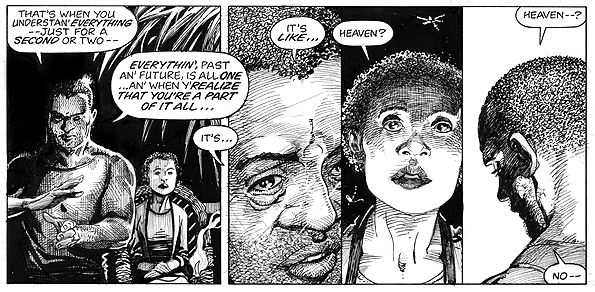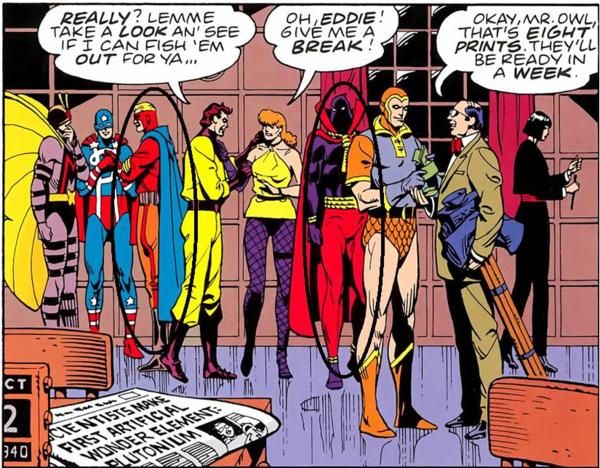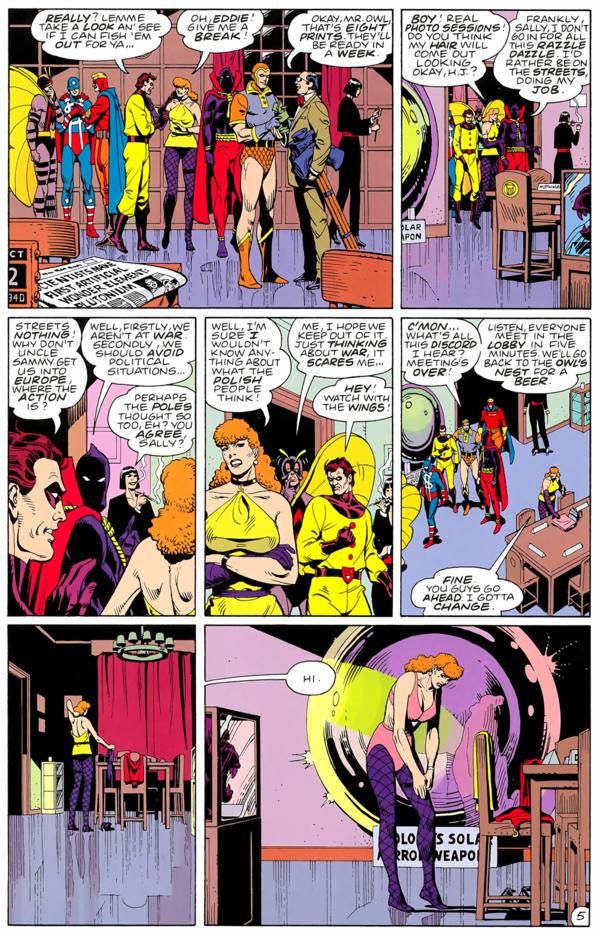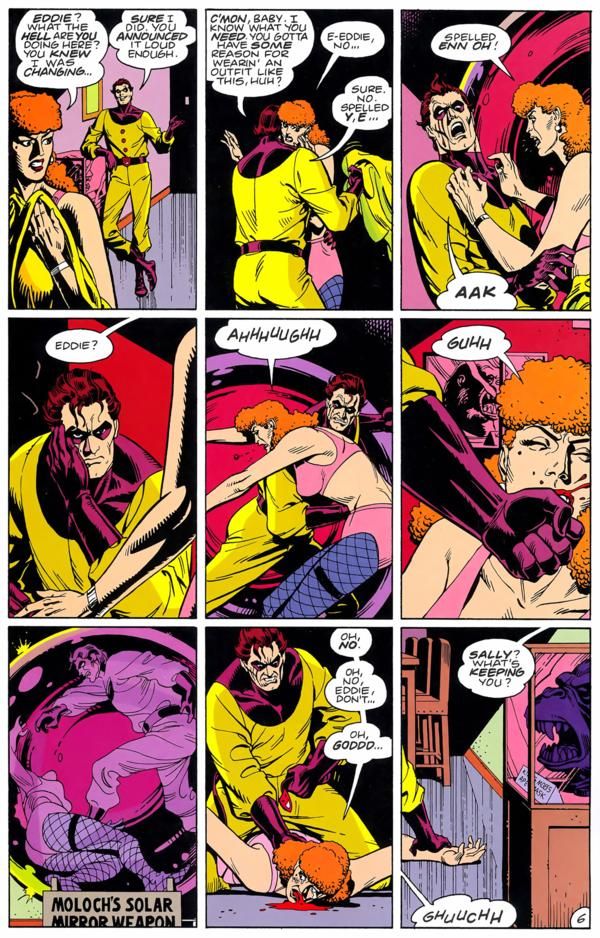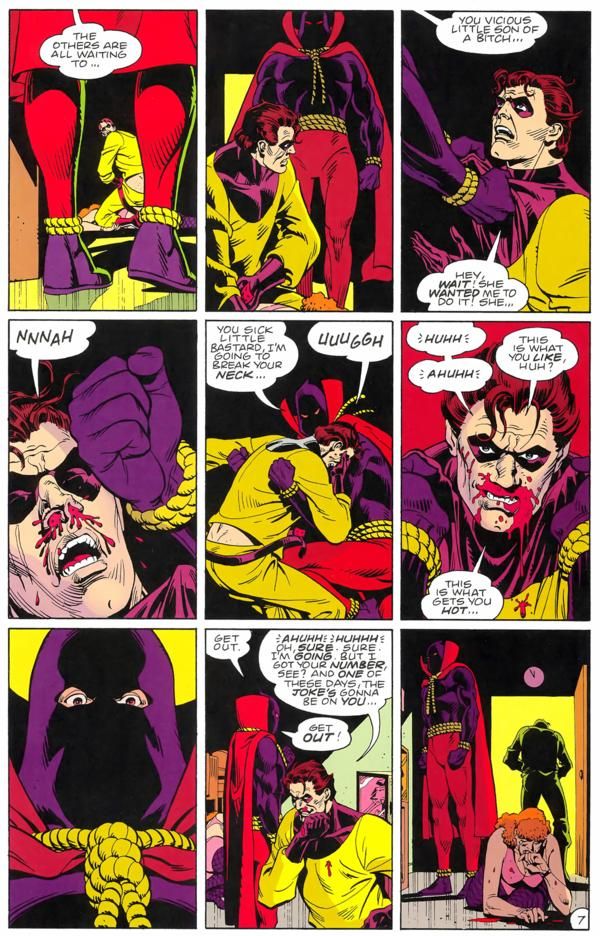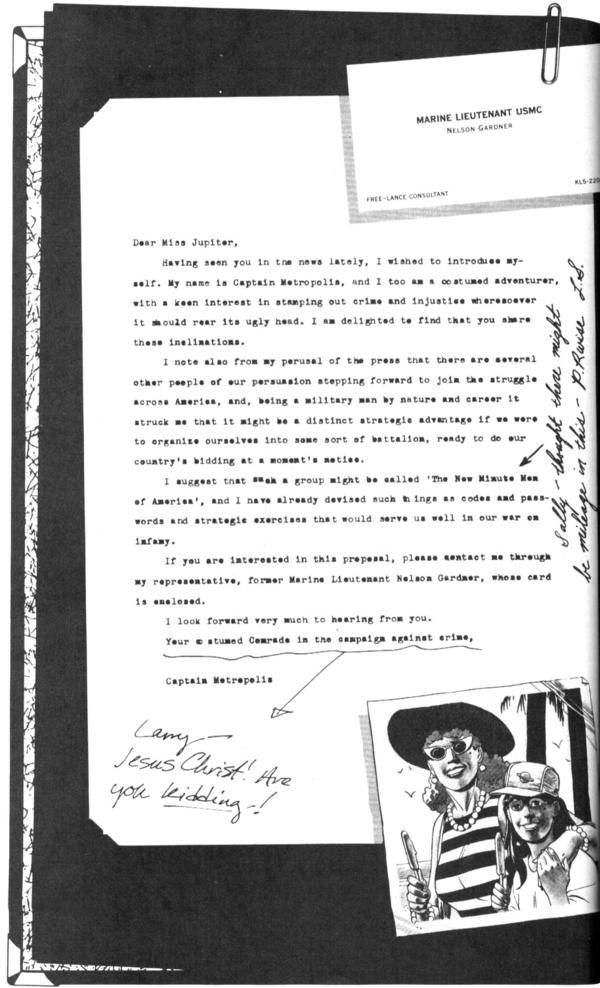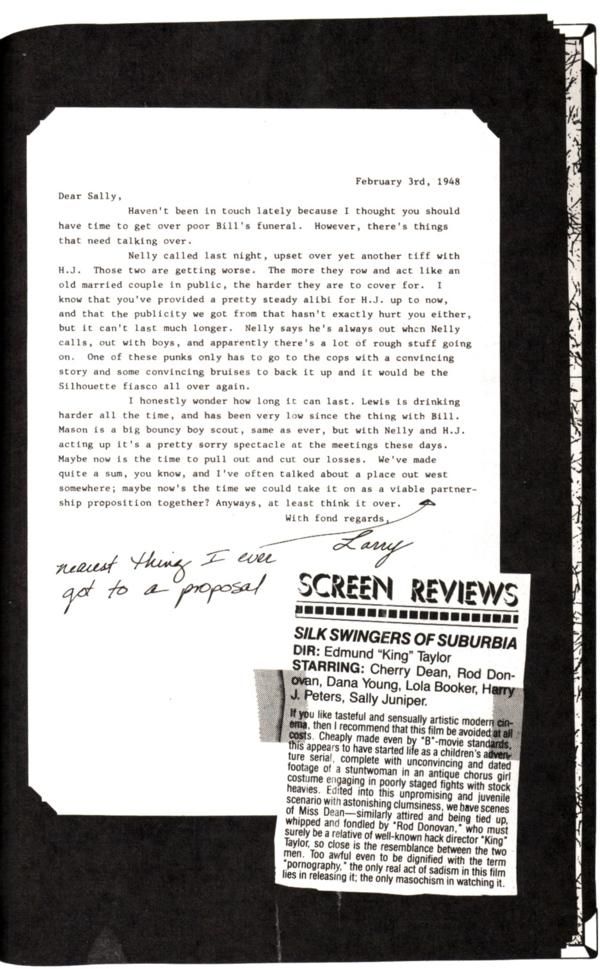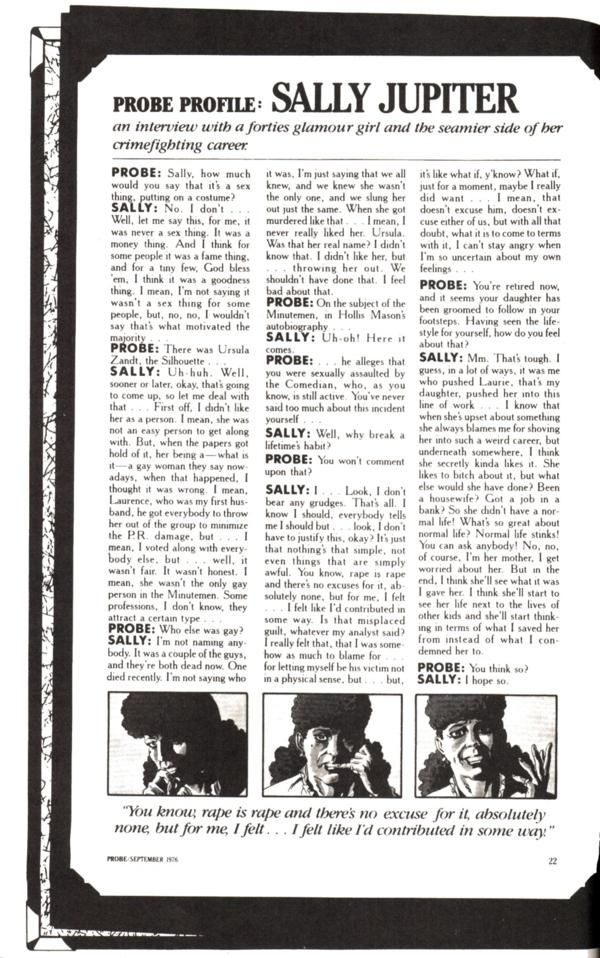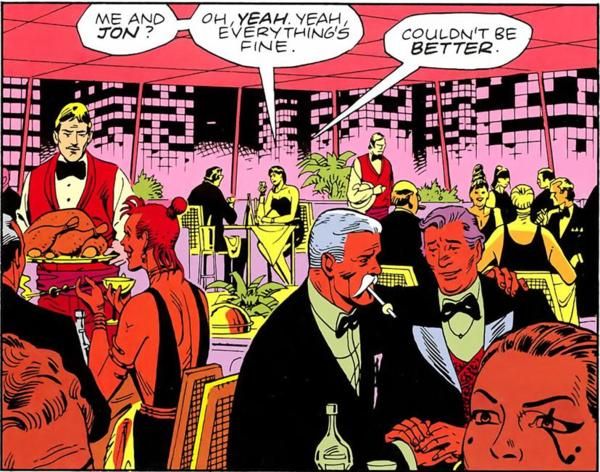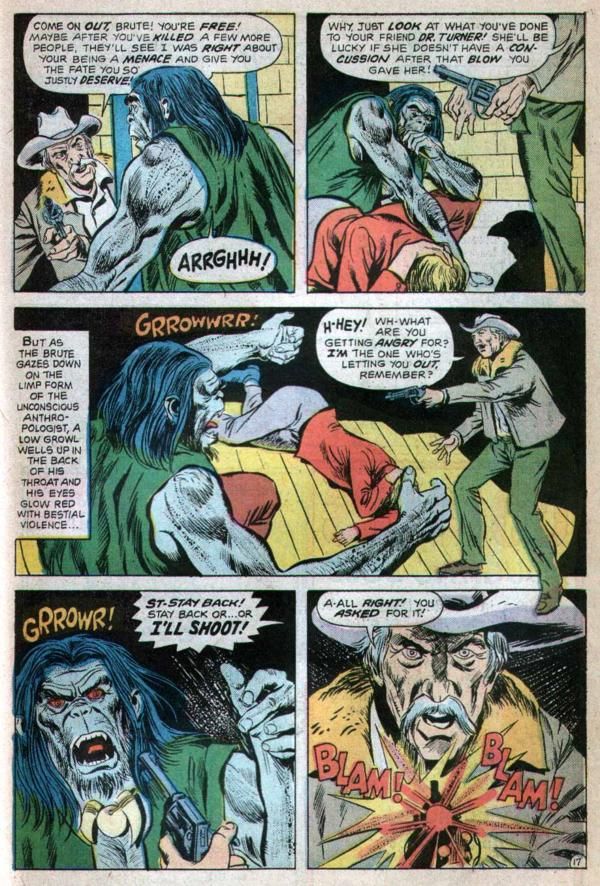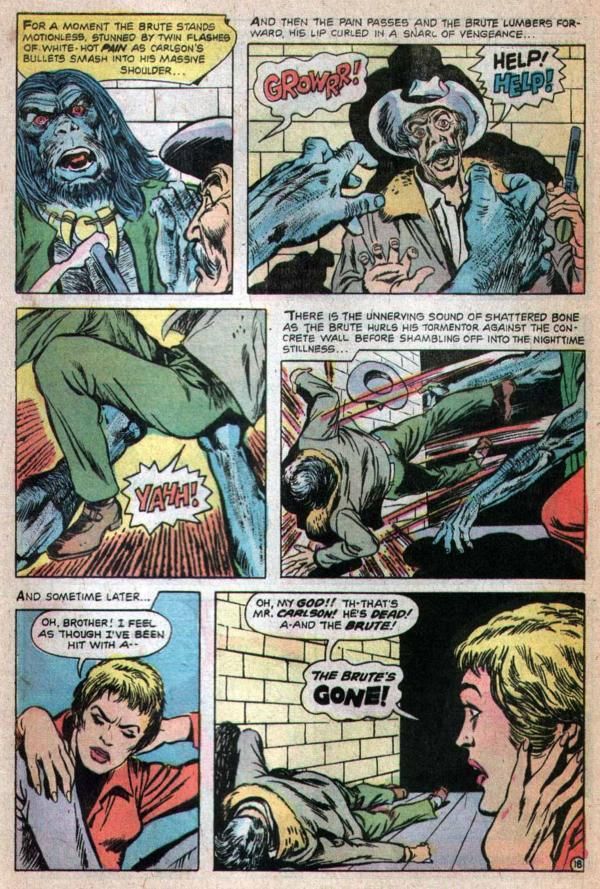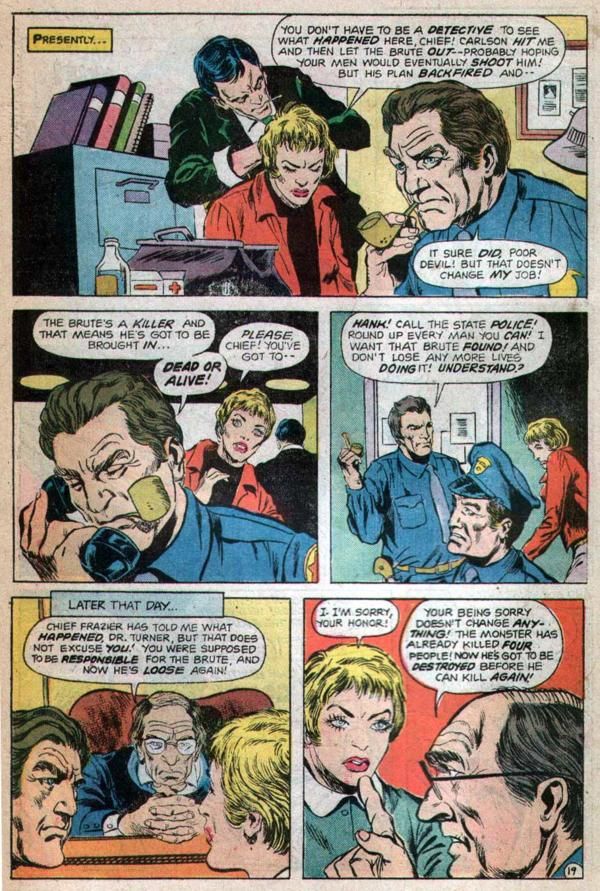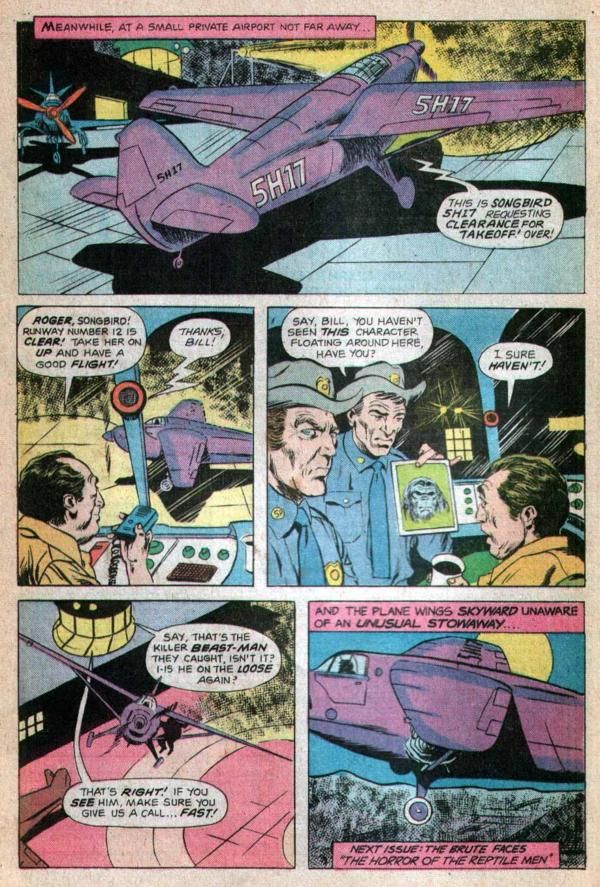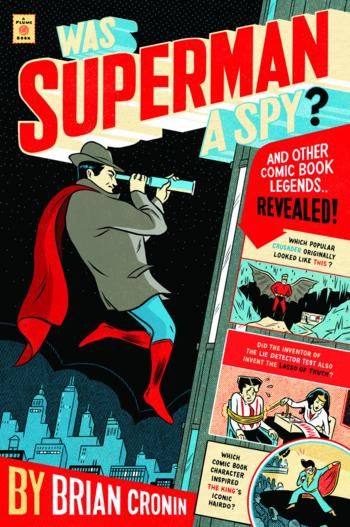Welcome to the two-hundred and forty-ninth in a series of examinations of comic book legends and whether they are true or false. Click here for an archive of the previous two hundred and forty-eight.
Comic Book Legends Revealed is part of the larger Legends Revealed series, where I look into legends about the worlds of entertainment and sports, which you can check out here, at legendsrevealed.com. I'd especially recommend you check out this installment of Movie Legends Revealed to find out the history of Robin Williams' strange dispute with Disney!
Let's begin!
COMIC LEGEND: Bruce Banner as a victim of child abuse was originally going to be a Barry Windsor-Smith one-off issue of Incredible Hulk in 1984.
STATUS: True
As I discussed a few weeks back in an installment of Comic Book Legends Revealed, if you turn down a Barry Windsor-Smith project, he's going to re-purpose the pages (which is totally fair enough, of course, as they are his pages).
However, what's particularly interesting about the origins of his current project, Monster, is what it would have represented at Marvel Comics had it been published when he intended it to be, twenty-six years ago.
In an interview with Comic Book Artist, Windsor-Smith shared his July 1984 pitch:
Plot centers around Bruce Banner's childhood. The Hulk relives a particularly harrowing day in his past.This is the story of Banner's working-class, middle American childhood. In a mannered fantasy - Twilight Zone - tradition, The Hulk, when entering an abandoned house in refuge from a pressing military attack, relives the last days in his childhood home.
Thanksgiving Day 1950 was the day when his father, Tom Banner, a recent and embittered W.W. II veteran, turned on his family for the final irrevocable time.
Employing a battered and disconsolate childhood as the springboard for the modern-day Bruce Banner's anti-social and violent attitudes, the story explores the damage caused by mismatched parenthood and effects of the Second World War on the heart and mind of the veteran Tom Banner.
Bruce Banner, an 11 year old in 1950, is represented as the full grown, seven foot Hulk throughout this fantasy. The story is called Thanksgiving and details the tensions the Banner household suffers when it becomes apparent that the family dinner, planned with eight relatives in mind, falls apart as one by one, brothers, sisters and in-laws cancel the visit with feeble excuses.
The truth is that Tom Banner has alienated his family with his explosive, argumentative temper.
Windsor-Smith continues to note that he felt that the issue was important enough that he was going to do what he could to make sure the story could run as a single issue of Incredible Hulk - withOUT Comic Code Approval...
It is of considerable importance to point out that this somewhat extraordinary story requires the use of what the comic book publishing world might consider profanity.
The terms I need to use in the script (all spouting from the paranoiac and drunken Tom Banner) are actually mild when paralleled to other - perhaps more sophisticated - media such as film, print and (at this date) television.
To cut to the quick: I need to employ the following terms:
Goddam
Bitch
Hall (as in "Like Hell you will")
Slut
These are comparatively mild terms, in my opinion. I've edited it down from stronger, more believable coinage.
The upshot is that for this story to have IMPACT, it must be published in the standard format (The Incredible Hulk) and without any special fanfare (I brought what could have been a 30-odd page story down to 22 for this very reason). Approval - within Marvel and to the satisfaction of the Comics Code Authority - is paramount and I'm prepared to offer any raison d'etre if it isn't apparent.
This story is about parent abuse and childhood trauma, which is an important issue. I believe that by sliding the topic into a regular comic book involving an established Marvel Comics character, a greater, more significant understanding of the idea can be achieved. This as opposed to (I feel inclined to suggest) the Spider-Man/Drugs issues of a decade ago that, due to their pre-publicity and etc., were ultimately regarded as hype for a medium that needed attention and was asking for recognition as a relevant form of art.
While I am unsure as to the specifics (but most likely, it is because of Windsor-Smith holding to his guns vis a vis the whole "not Comics Code approved" situation), for whatever reason, the story was shelved by Marvel.
And then, a little more than a year later, Bill Mantlo penned Incredible Hulk #312, where it is revealed that, yep, you guessed it, Bruce Banner was a victim of child abuse.
Windsor-Smith was none too pleased.
Since his original story, Windsor-Smith has been working on the comic for years and it has expanded and expanded and expanded to the point where it is almost 300 pages long. It is now called Monster, and it will be Windsor-Smith's next project.
Here are some (absolutely gorgeous) previews of the work (you don't need to use your imagination too much to imagine the Baileys as the Banners)...
It's certainly possible that Mantlo came up with his story on his own, but I don't imagine that Windsor-Smith thinks that is all that likely (and do note that if the story WAS based on Windsor-Smith's idea, it would almost certainly have to be an editorial edict for Mantlo to write a similar story, not something that Mantlo would have done on his own accord).
Monster sure does look like a great comic.
Check out Windsor-Smith's web site for more preview pages here.
Thanks to Dave Elliot for recommending I feature Monster, thanks to Comic Book Artist (I believe Jon B. Cooke did the interview - if that's wrong, please let me know) for the interview, thanks to Windsor-Smith for being so free with his original pitch, and thanks to HulkMovie.com for the transcription of the interview. Finally, thanks to Marv at Superpouvoir.com for the head's up regarding the HulkMovie transcription (click here to read some pages of Incredible Hulk #312 following Windsor-Smith's plot outline - it makes for a fun contrast).
COMIC LEGEND: There's a clever visual gag in a Watchmen panel intending to show two of the retired Golden Age superheroes from the Watchmen universe in a relationship with each other.
STATUS: I'm Going With False
Hooded Justice and Captain Metropolis were two of the Golden Age superheroes in Alan Moore and Dave Gibbons' Watchmen.
Here they are in a panel from Watchmen #2 (I circled them for your convenience).
In that same issue, we got our first hints that would ultimately lead us to understand that Hooded Justice and Captain Metropolis were a couple.
First, a scene from Watchmen #2...
Besides Comedian's lurid "this is what gets you hot" line, an important notice is that Silk Spectre refers to Hooded Justice as "H.J."
Later, in the back matter of Watchmen #9, we get the basic confirmation that Captain Metropolis (Nelson Gardner or "Nelly") and Hooded Justice were a couple...
Note that earlier in the series, Silk Spectre's daughter mentions that she thought Hooded Justice was her father (that goes along with the whole "I know you provided a pretty steady alibi for H.J." part).
ANYhow, this is important because of a scene in Watchmen #1.
Both Hooded Justice and Captain Metropolis are presumed dead in the Watchmen "present." Hooded Justice disappeared in 1955 (possibly murdered by The Comedian) while Captain Metropolis was decapitated in a car accident in 1974.
A popular theory was developed by James Gifford that the two actually disappeared together and retired from superheroing to live a normal life together (the theory is presented here).
This is based on the following panel from Watchmen #1...
The date of that panel in the story was October 13, 1985, exactly 47 years from Hooded Justice's original in-costume debut.
When you add in the fact that they're at the forefront of the panel and they're both wearing domino mask bow ties, it sure sounds like the theory works, right?
Well, in an installment of Lying in the Gutters last year, Rich Johnston e-mailed Dave Gibbons, who replied:
That wasn't our intention, but it's such an interesting and plausible theory that I'm reluctant to deny it!
And since then, Gibbons had repeated that in a number of places - that he thinks it is a great idea, but it was not what they intended when they were doing the comic.
I don't see any real reason why Gibbons would lie about something like that, so I'm going to say I believe him, and notch this one down as a false.
Thanks to Jim Gifford for the original theory, thanks to Rich Johnston and Dave Gibbons for the answer about it, and thanks to my pal Funky for reminding me of this one recently.
COMIC LEGEND: Mike Sekowsky sneaked a bit of profanity into the first issue of Atlas Comics' The Brute as a bit of a protest.
STATUS: True
Atlas/Seaboard was a comic company formed by former Marvel publisher Martin Goodman during the mid-1970s.
It was not a successful comic book company, although there was a lot of strong talent involved and some good characters.
The Brute, though, would probably not be put on the "good" side of the ledger when it comes to tallying up good and bad Atlas characters.
The Brute was a less than human prehistoric creature who was frozen during the Ice Age and thawed out in 1975. He accidentally killed two young boys who discovered him.
This then led to him becoming a fugitive. Meanwhile, a young female scientist tried to help the nearly mindless creature.
Here are the last few pages of issue #1, written by Mike Fleisher and penciled by veteran comic book artist Mike Sekowsky.
At the time, Atlas was trying to push not to be released under the Comics Code, and they pushed for this right up to the production of the first issues of their titles, but in the end, they lost out and had to "clean up" their issues to be Code-Approved.
This aggravated the editors, and it might have aggravated Mike Sekowsky, as well.
According to Brute editor Jeff Rovin, Sekowsky was upset (as was Rovin) that the Brute had to be Code-approved.
According to other versions of the story that I've heard, Sekowsky was not a fan of the script, and he let his feelings be known in a very subtle fashion.
Whatever Sekowsky was protesting, the fact remains that he did sneak a protest into the issue.
Look back to the last page.
Check out the airplane's tag.
5H17.
Or, in other word, SHIT.
Either Sekowsky's attempt to stick it to the Comics Code or his attempt to voice his feelings about the issue, I don't know which one it was, but either way, there it is. And as Rovin says:
Childish? You bet. But at Atlas, we learned not to let any victory slip through our fingers, no matter how moronic.
Thanks to Scott Shaw! for the info behind this one (he mentioned it awhile back on the Comic Book Resources forums - it just took me awhile to get a copy of The Brute #1. Check out Scott's neat site, Oddball Comics, here!) Thanks to Jeff Rovin and the Comics Journal for the quote (and thanks to Phil at The Atlas Archives for transcribing the quote).
Okay, that's it for this week!
Thanks to the Grand Comics Database for this week's covers! And thanks to Brandon Hanvey for the Comic Book Legends Revealed logo!
Feel free (heck, I implore you!) to write in with your suggestions for future installments! My e-mail address is cronb01@aol.com.
As you likely know by now, last April my book finally came out!
Here is the cover by artist Mickey Duzyj. I think he did a very nice job (click to enlarge)...
If you'd like to order it, you can use the following code if you'd like to send me a bit of a referral fee...
Was Superman a Spy?: And Other Comic Book Legends Revealed
See you all next week!

